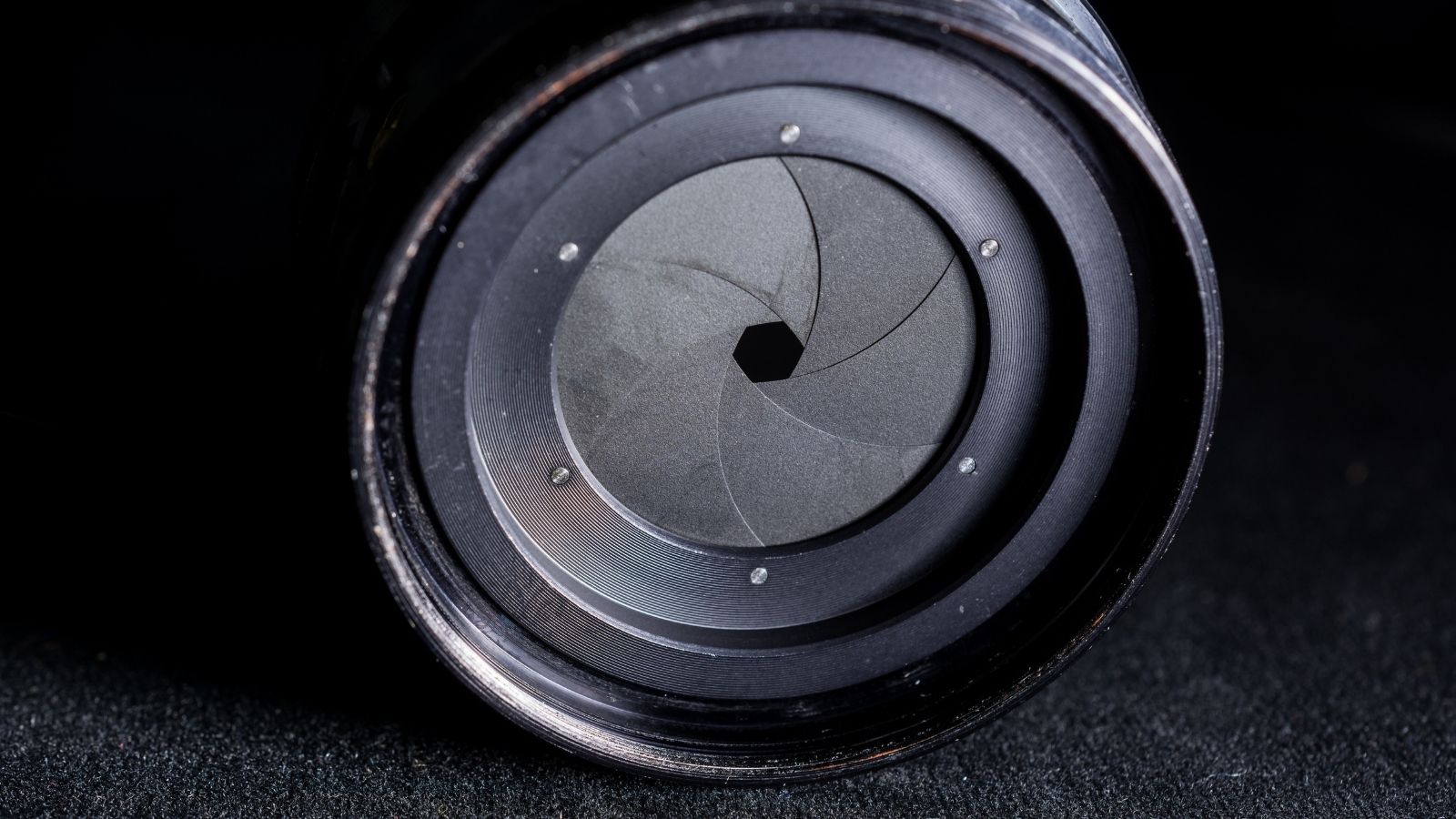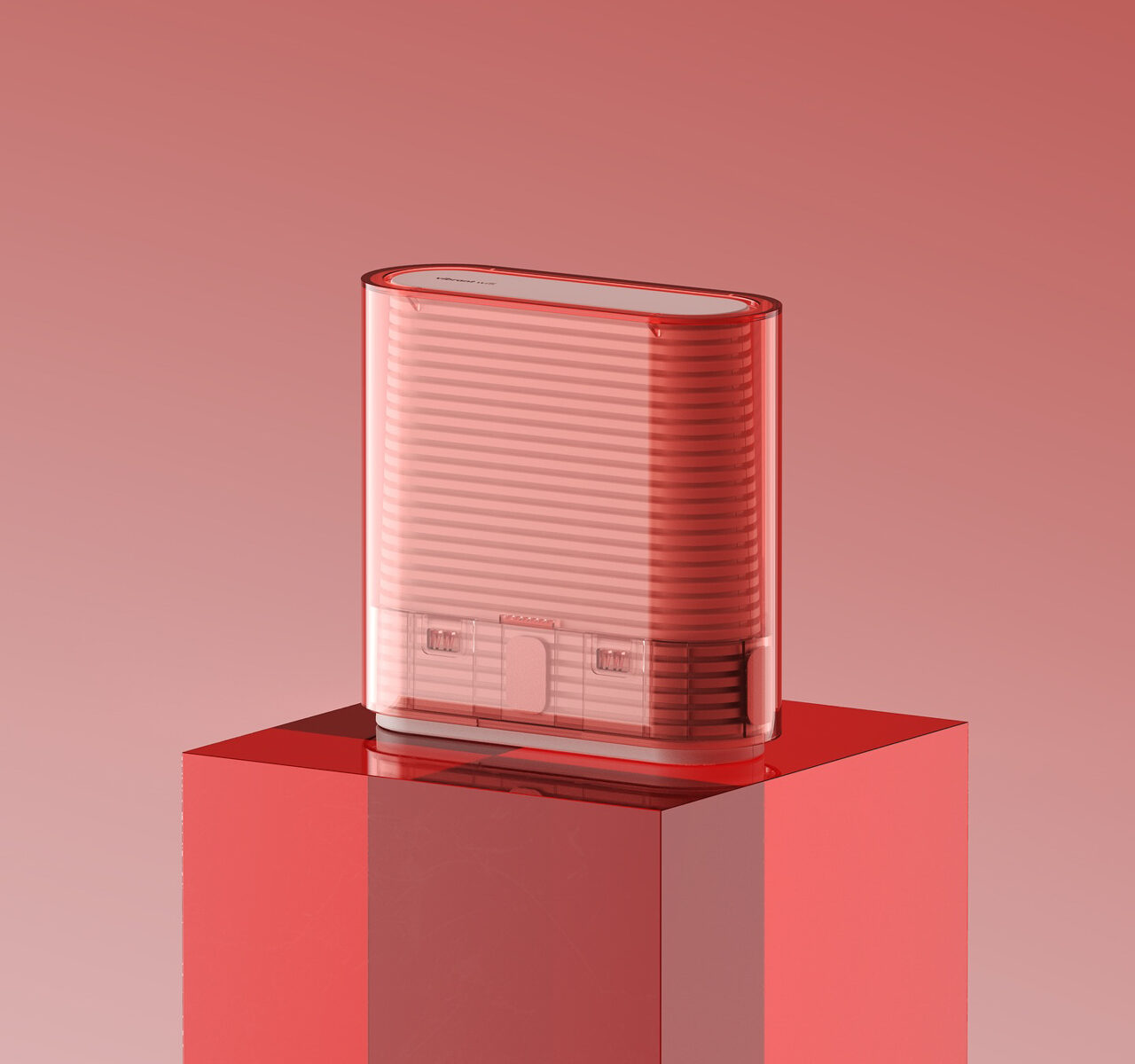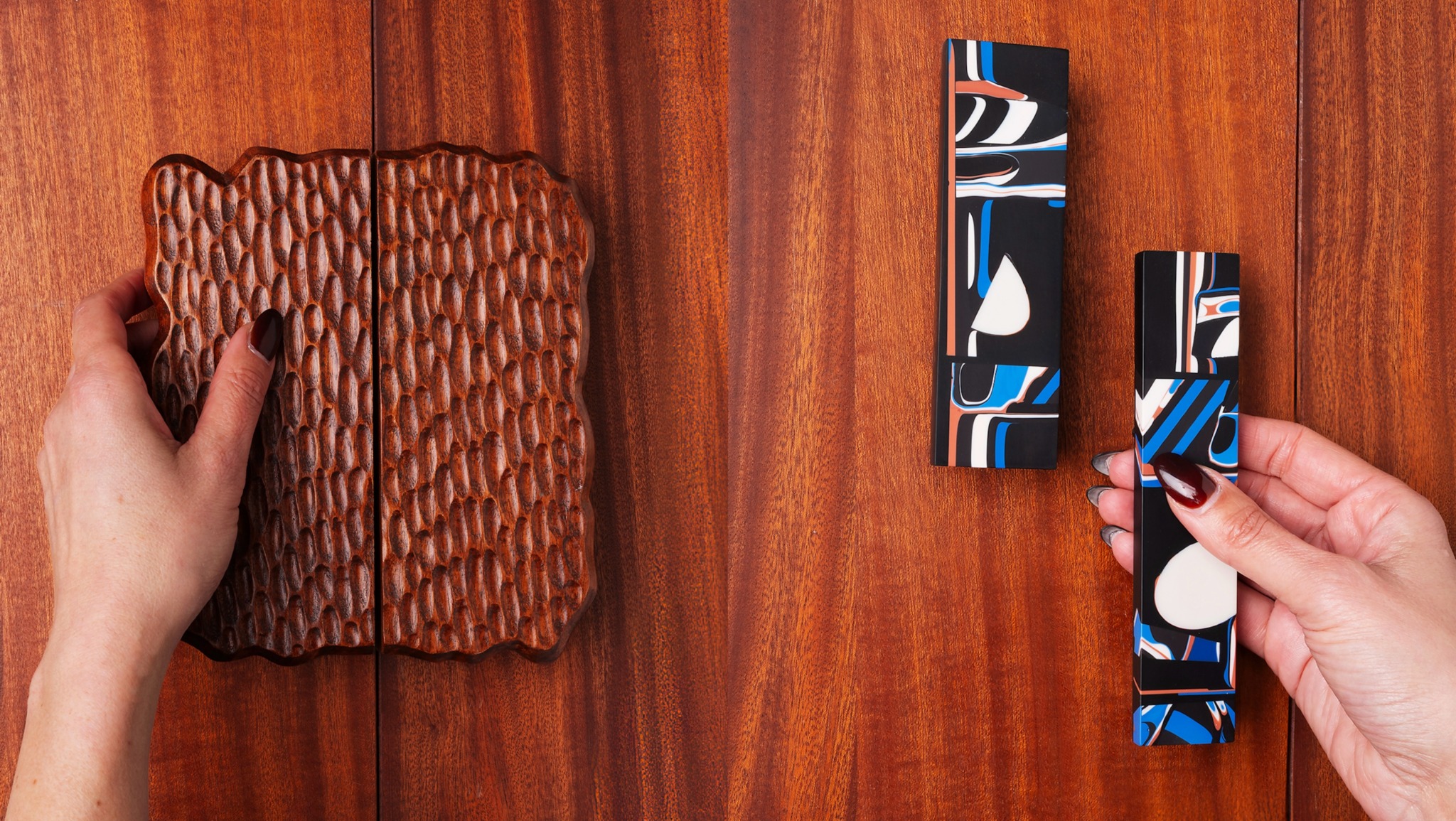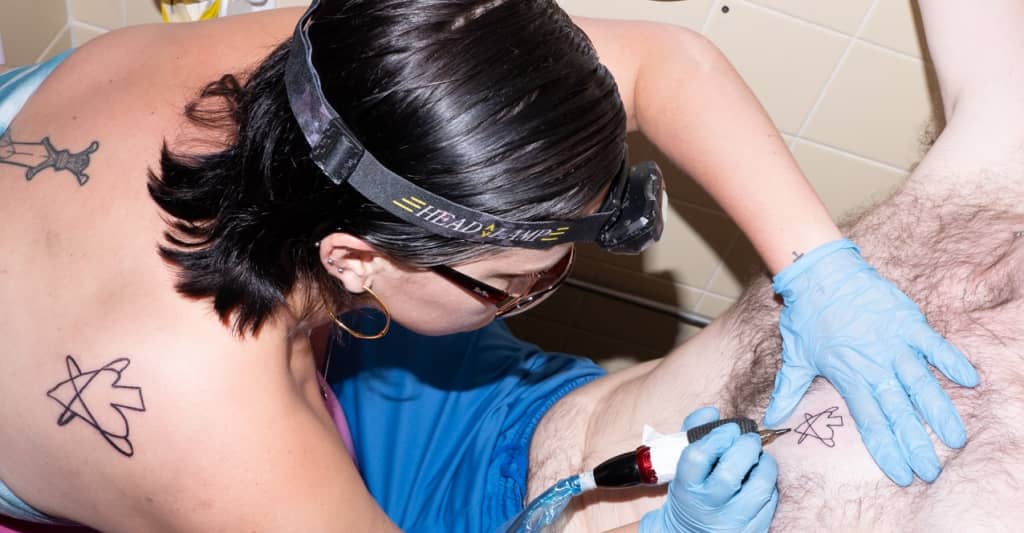Volvo's New, Smarter Seatbelts Take Actual Passenger Specifics Into Account
Two companies that made world-changing innovations in safety are Volvo and Festool. Volvo invented the three-point seatbelt in the '50s, and released the design as open-source; today every passenger car in the world has them. Festool pioneered track saws and dust collection, and while their designs were not released as open-source, the expiration of their patents means most power tool manufacturers have now jumped into that game. In short, countless lives have been saved by the innovations of these companies.Now Volvo is pushing seatbelts even further, with their Multi-Adaptive Safety Belt. By harnessing car crash data from their vehicles, Volvo has learned that seatbelts should not behave the exact same way with every crash and every user. "Modern safety belts use load limiters to control how much force the safety belt applies on the human body during a crash," the company explains. These load limiters rely on deformable metal parts within the retracting mechanism to deliver one of three different levels of restraint. The variance in these three levels is meant to compensate for both crash severity and occupant size. Volvo reckons these three settings, which are tailored to the 50th percentile male, are not accurate enough to compensate for the variety of body sizes and crash types. For instance a short, skinny teenager and a six-foot-tall pregnant woman require different levels of restraint. By relying on a host of interior and exterior sensors in the vehicle, the Multi-Adaptive Safety Belt thus provides 11 different load-limiting profiles. These take into account everything from crash direction and severity to occupant height, weight, shape and even sitting position. "For example, a larger occupant in a serious crash will receive a higher belt load setting to help reduce the risk of head injury. While a smaller occupant in a milder crash will receive a lower belt load setting to reduce the risk of rib fractures."The new design will debut in the 2026 Volvo EX60, an EV. No word on whether they plan to release the design open-source or will keep this in-house as a competitive advantage.

Two companies that made world-changing innovations in safety are Volvo and Festool. Volvo invented the three-point seatbelt in the '50s, and released the design as open-source; today every passenger car in the world has them. Festool pioneered track saws and dust collection, and while their designs were not released as open-source, the expiration of their patents means most power tool manufacturers have now jumped into that game. In short, countless lives have been saved by the innovations of these companies.
Now Volvo is pushing seatbelts even further, with their Multi-Adaptive Safety Belt. By harnessing car crash data from their vehicles, Volvo has learned that seatbelts should not behave the exact same way with every crash and every user. "Modern safety belts use load limiters to control how much force the safety belt applies on the human body during a crash," the company explains. These load limiters rely on deformable metal parts within the retracting mechanism to deliver one of three different levels of restraint. The variance in these three levels is meant to compensate for both crash severity and occupant size.
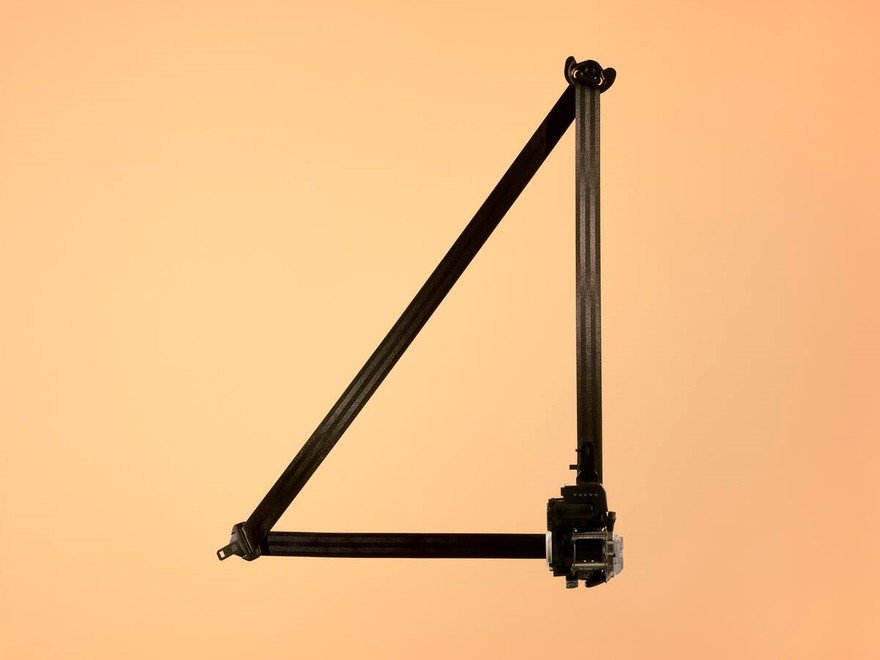
Volvo reckons these three settings, which are tailored to the 50th percentile male, are not accurate enough to compensate for the variety of body sizes and crash types. For instance a short, skinny teenager and a six-foot-tall pregnant woman require different levels of restraint.

By relying on a host of interior and exterior sensors in the vehicle, the Multi-Adaptive Safety Belt thus provides 11 different load-limiting profiles. These take into account everything from crash direction and severity to occupant height, weight, shape and even sitting position. "For example, a larger occupant in a serious crash will receive a higher belt load setting to help reduce the risk of head injury. While a smaller occupant in a milder crash will receive a lower belt load setting to reduce the risk of rib fractures."

The new design will debut in the 2026 Volvo EX60, an EV. No word on whether they plan to release the design open-source or will keep this in-house as a competitive advantage.




![New ‘Killing Floor 3’ Dev Diary Delves Into Dark Inspirations [Watch]](https://bloody-disgusting.com/wp-content/uploads/2025/06/killingfloor3.jpg)

![It’s Man vs. Nature in John Boorman’s ‘Deliverance’ [Horror Queers Podcast]](https://i0.wp.com/bloody-disgusting.com/wp-content/uploads/2025/06/Deliverance.jpg?fit=1600%2C836&ssl=1)













































![Simple Slimeballs [DANGEROUS LIAISONS]](https://jonathanrosenbaum.net/wp-content/uploads/2011/04/dangerous_liaisons.jpg)


































![Predator: Killer Of Killers Director Explains Why The Yautja Look So Different In The New Movie [Exclusive]](https://www.slashfilm.com/img/gallery/predator-killer-of-killers-director-explains-why-the-yautja-look-so-different-in-the-new-movie/l-intro-1749484326.jpg?#)























![Marriott’s AI Will Soon Assign 1.2 Million Rooms—And Decide Whether You Get An Upgrade [Roundup]](https://viewfromthewing.com/wp-content/uploads/2022/11/20221113_160514-scaled.jpg?#)



































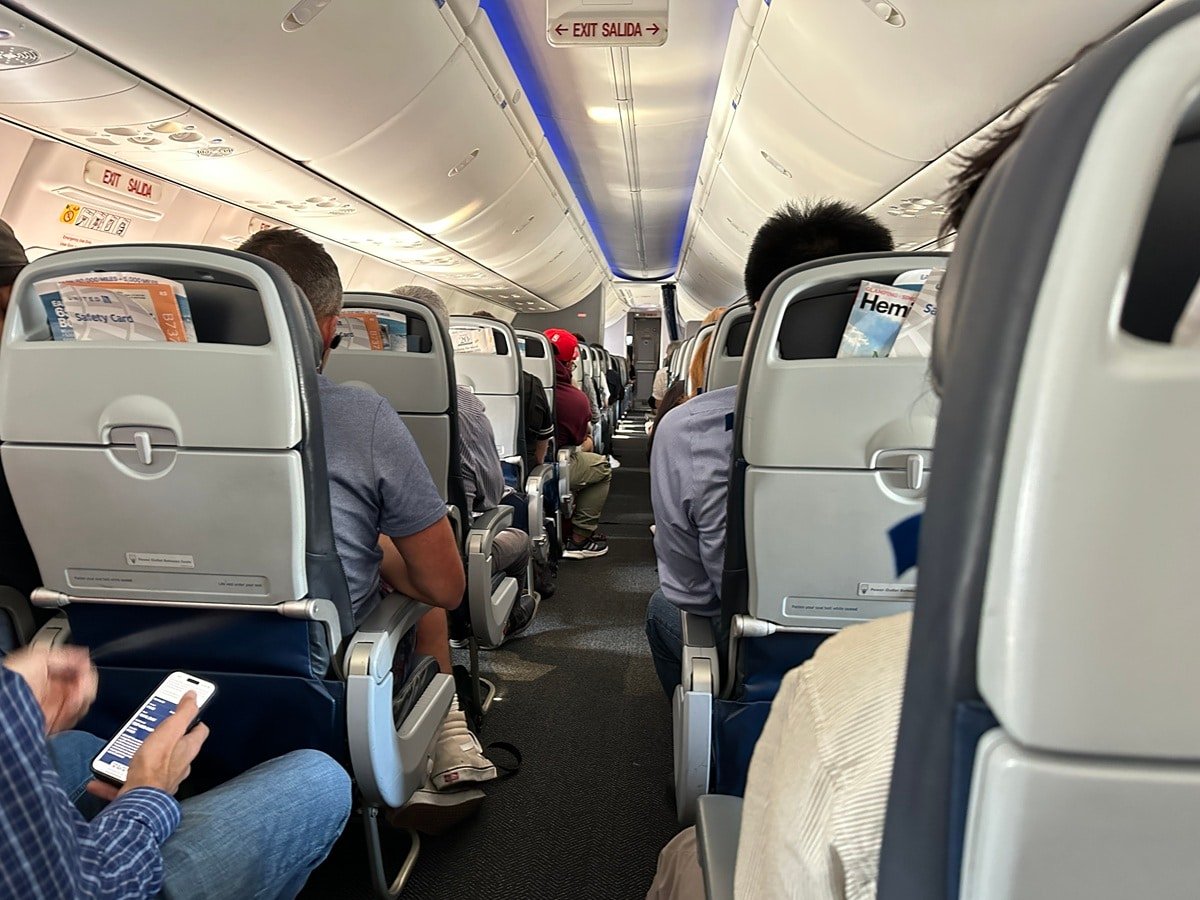
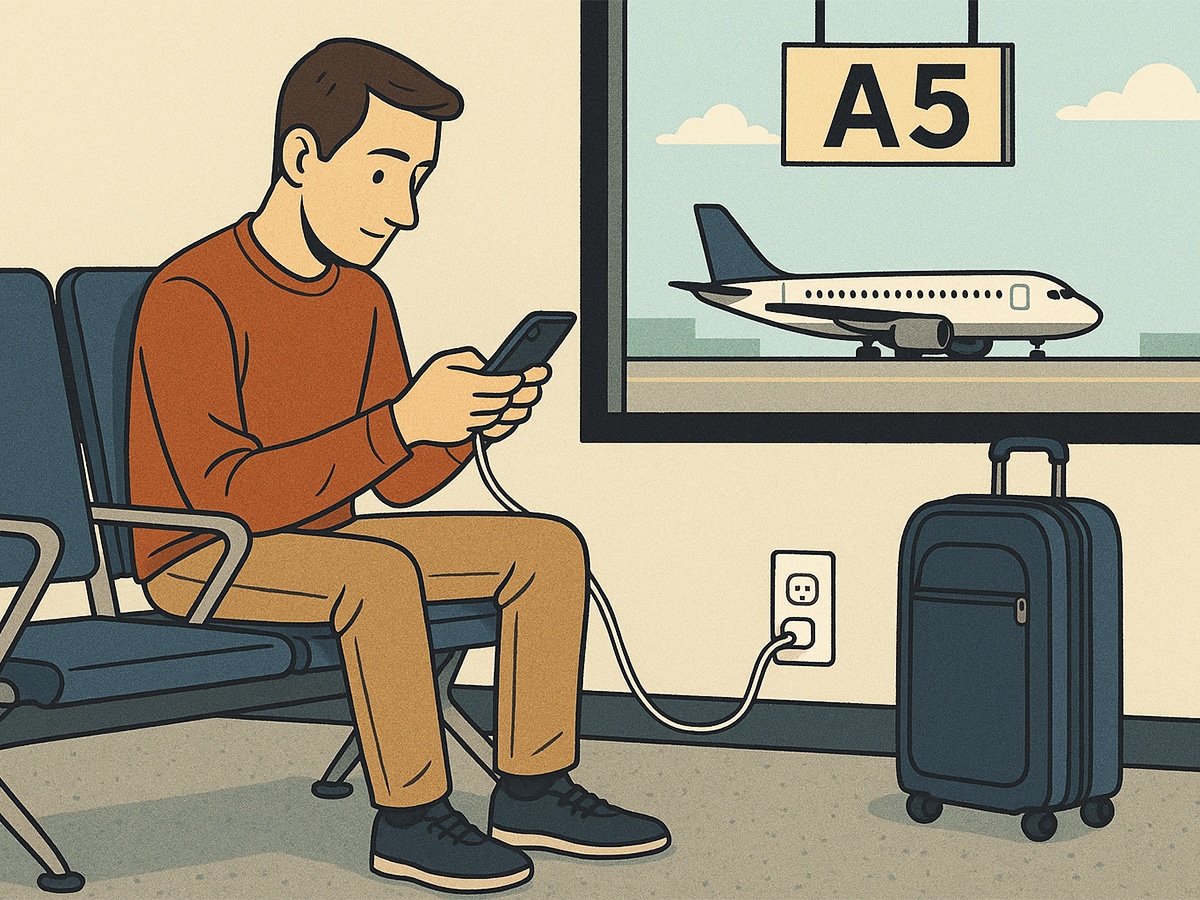




















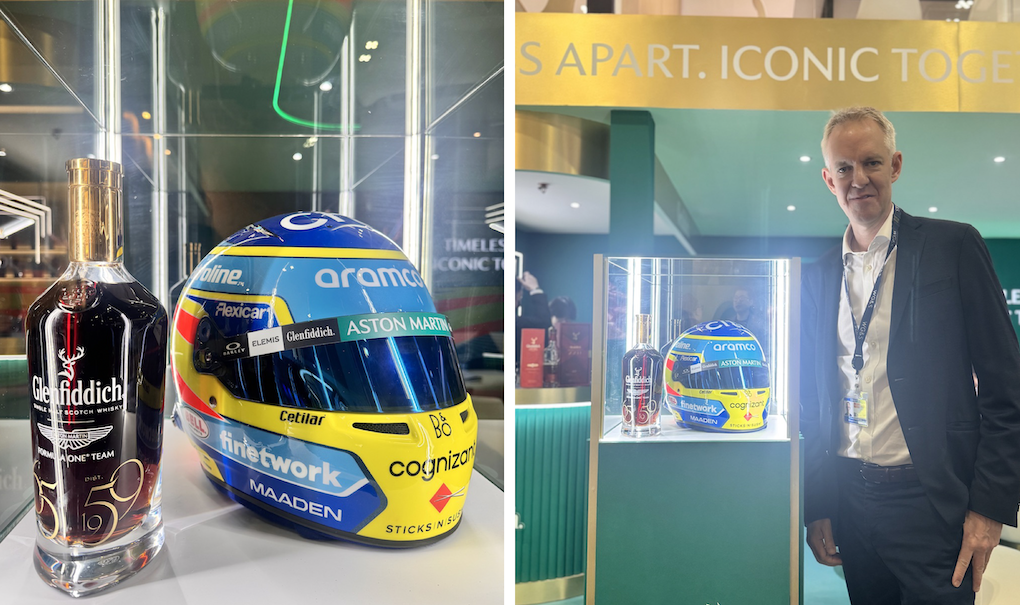








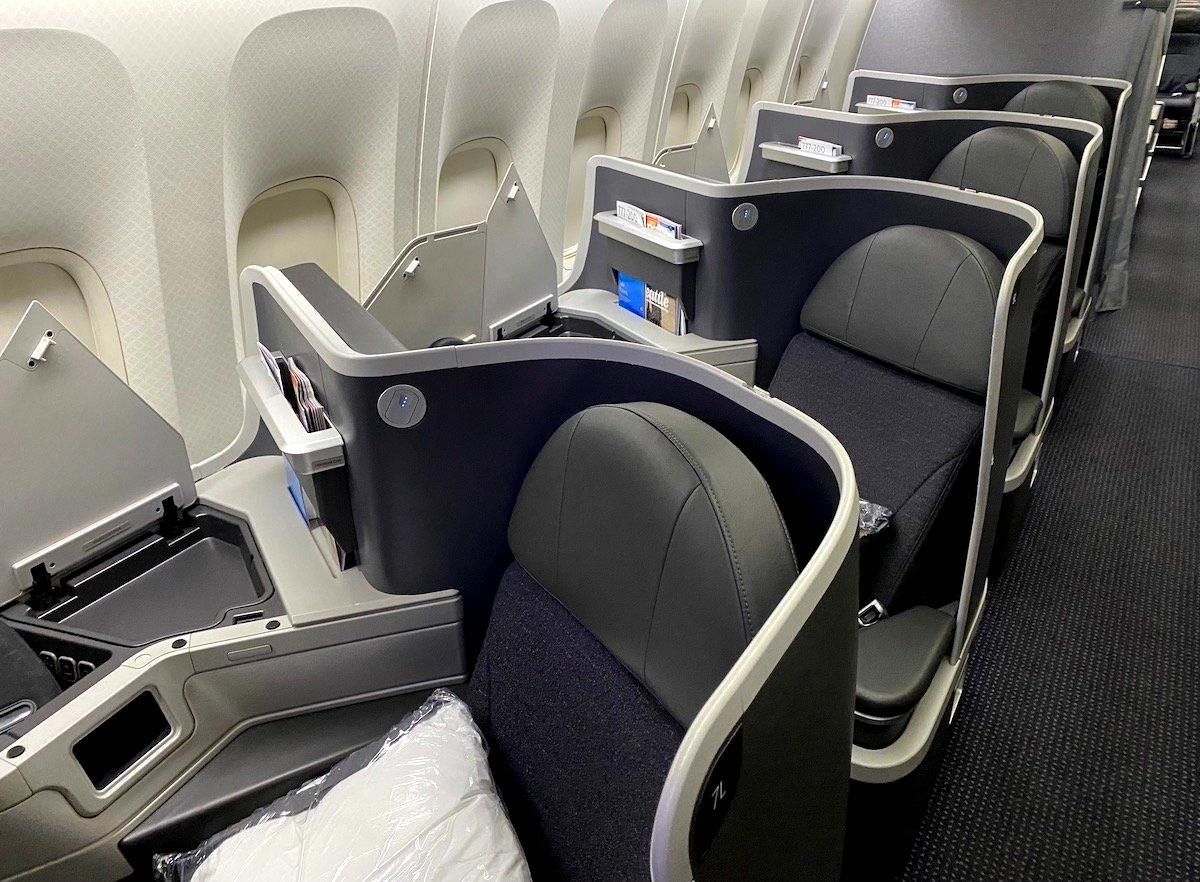


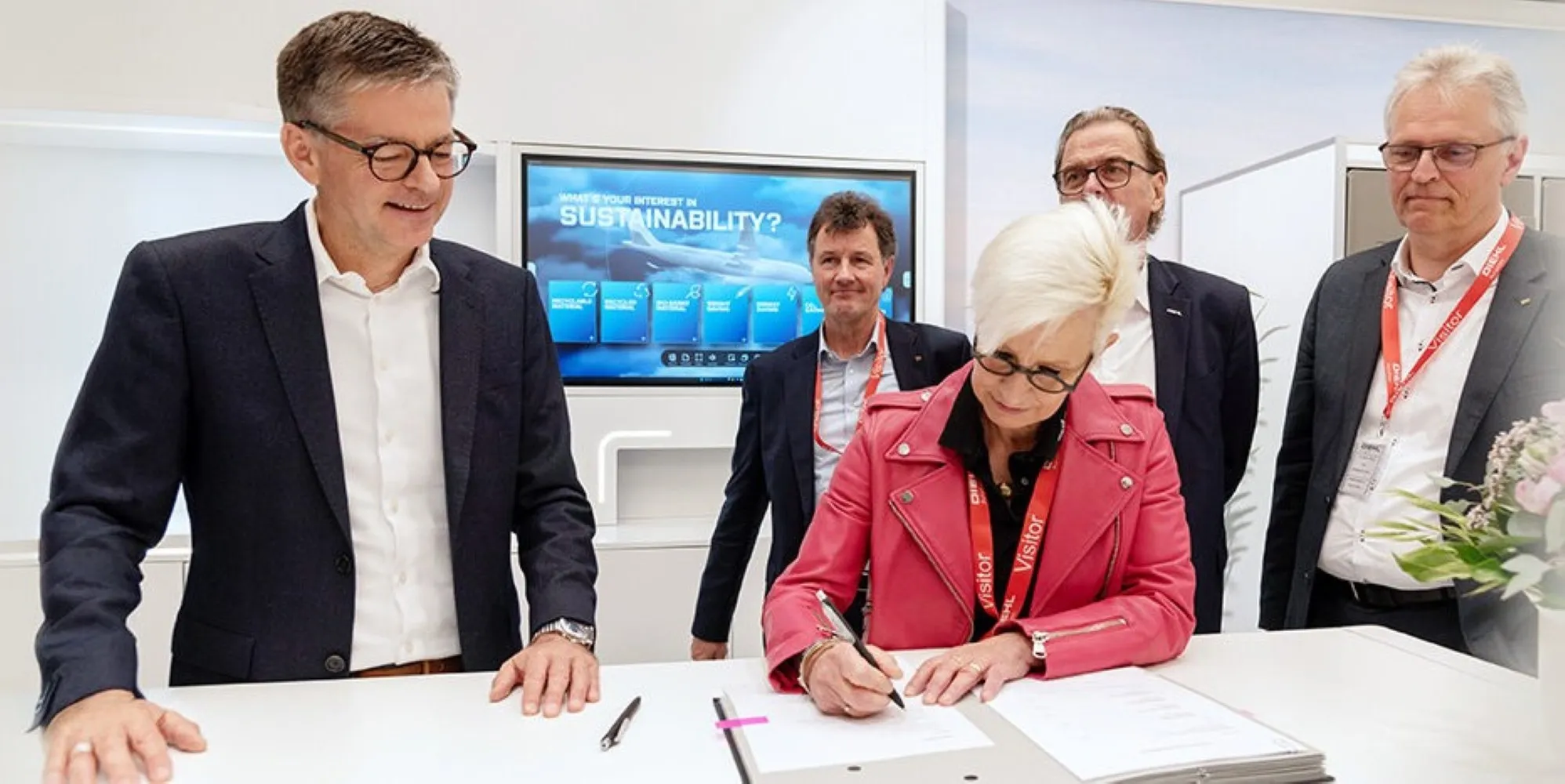


























![Bag Of Coke In The Hallway, Bugs In The Closet—Marriott Still Wants Every Penny [Roundup]](https://viewfromthewing.com/wp-content/uploads/2025/06/hotel-bug.jpg?#)

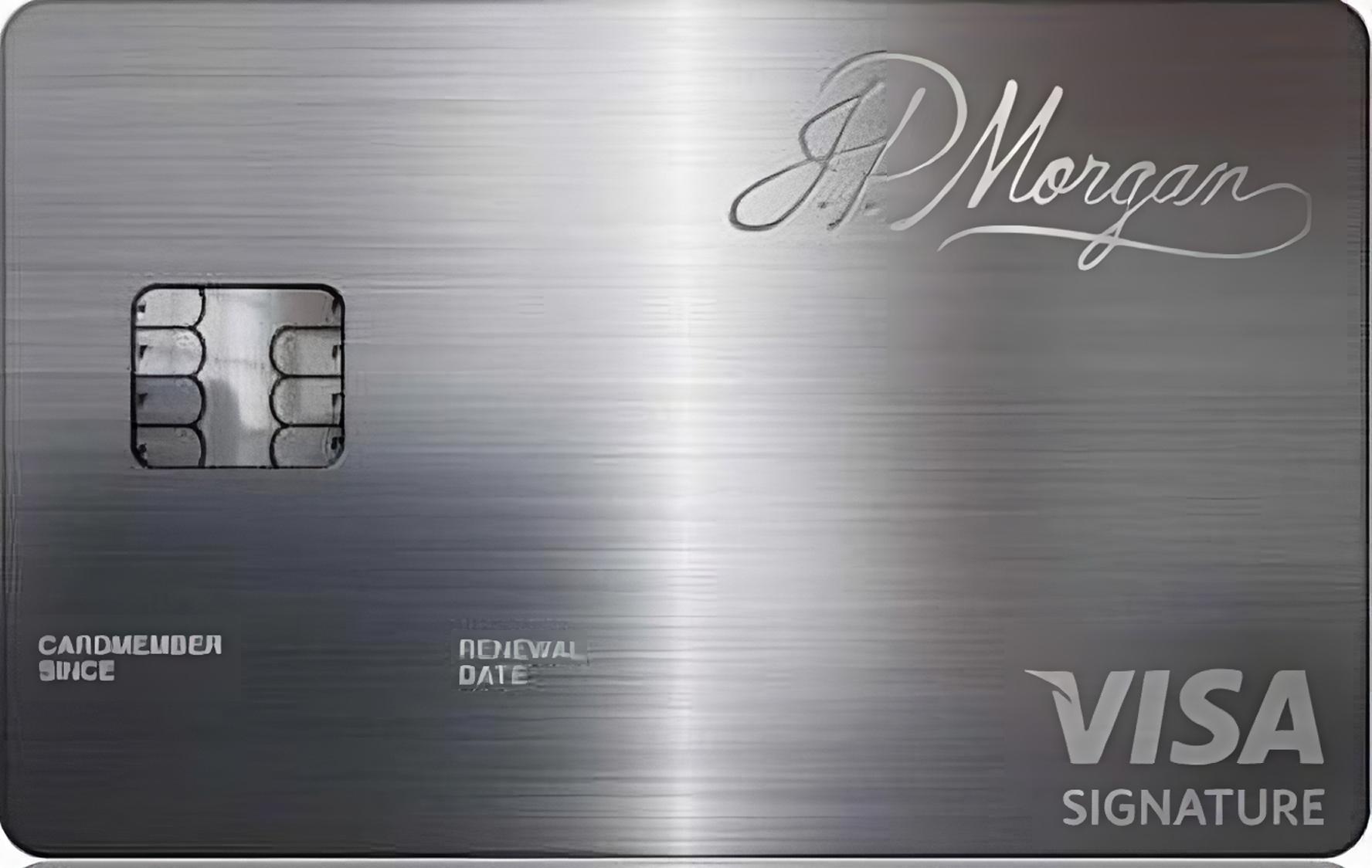




















_J59GzAJ.jpg?width=1920&height=1920&fit=bounds&quality=70&format=jpg&auto=webp#)


.jpg?width=1920&height=1920&fit=bounds&quality=70&format=jpg&auto=webp#)















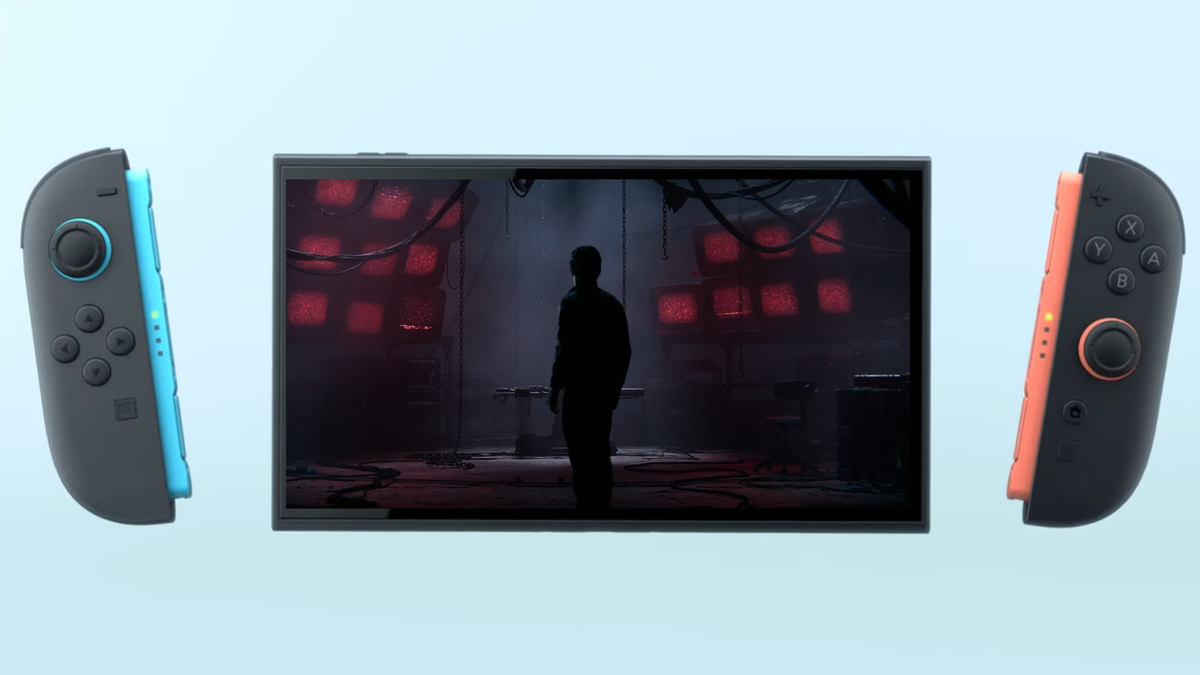
































.jpg?width=1920&height=1920&fit=bounds&quality=70&format=jpg&auto=webp#)






























